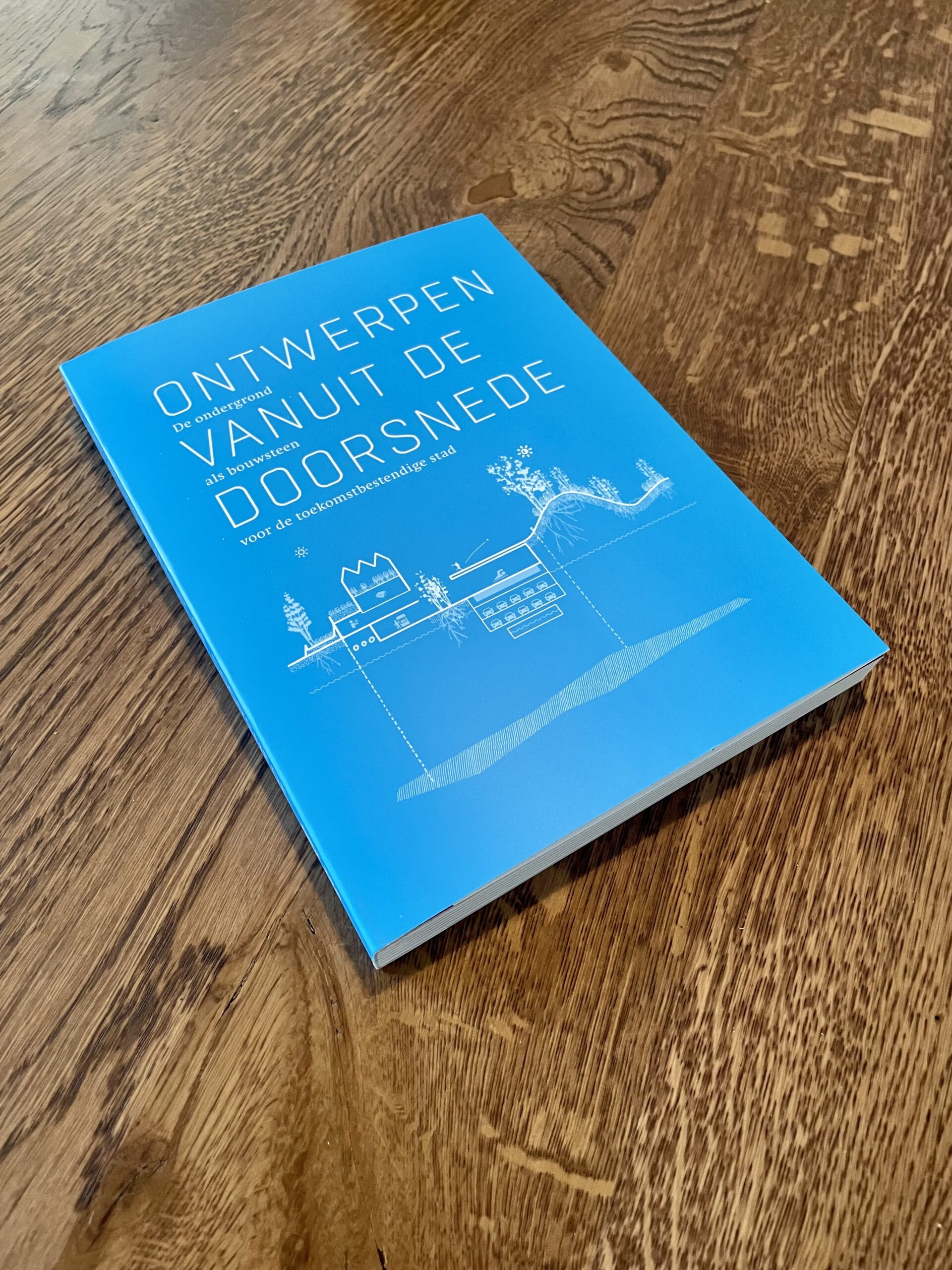There is not enough space to accommodate today’s big challenges – on climate, energy, circular economy, mobility and housing. High time we learn to look at our cities differently and look at public spaces and buildings in connection with the subsoil. Together with five other expert teams, we were asked to conduct a prospective study on designing from the cross-section, each on a different site with its own context and different soil conditions. The research is included in the publication ‘Designing from the cross-section.’
For the Oosteroever site in Ostend, we designed a thorough hypothesis for a circular district, in all its dimensions: materials, water, biodiversity, energy and programme. In doing so, we emphasise the need for systems research and the development of an urban planning model for the economic transition of the business zone and its surroundings. This will prevent piecemeal developments without interacting. Moreover, sustainability solutions require an integrated approach at the scale level of the entire district anyway. To help stakeholders understand the complexity of circular design and convince them of its feasibility, a matrix with 30 design actions – six per circular dimension – and action cards for each design action was created. These innovative tools aim to explore new cooperation models and financing mechanisms.




